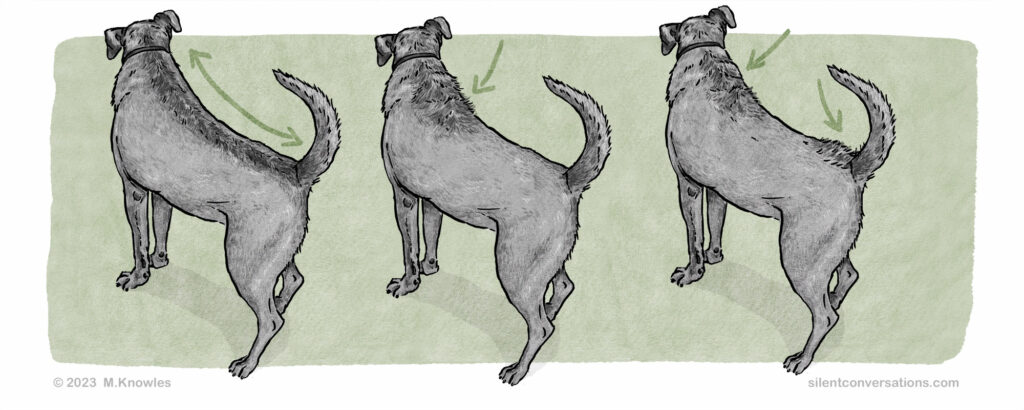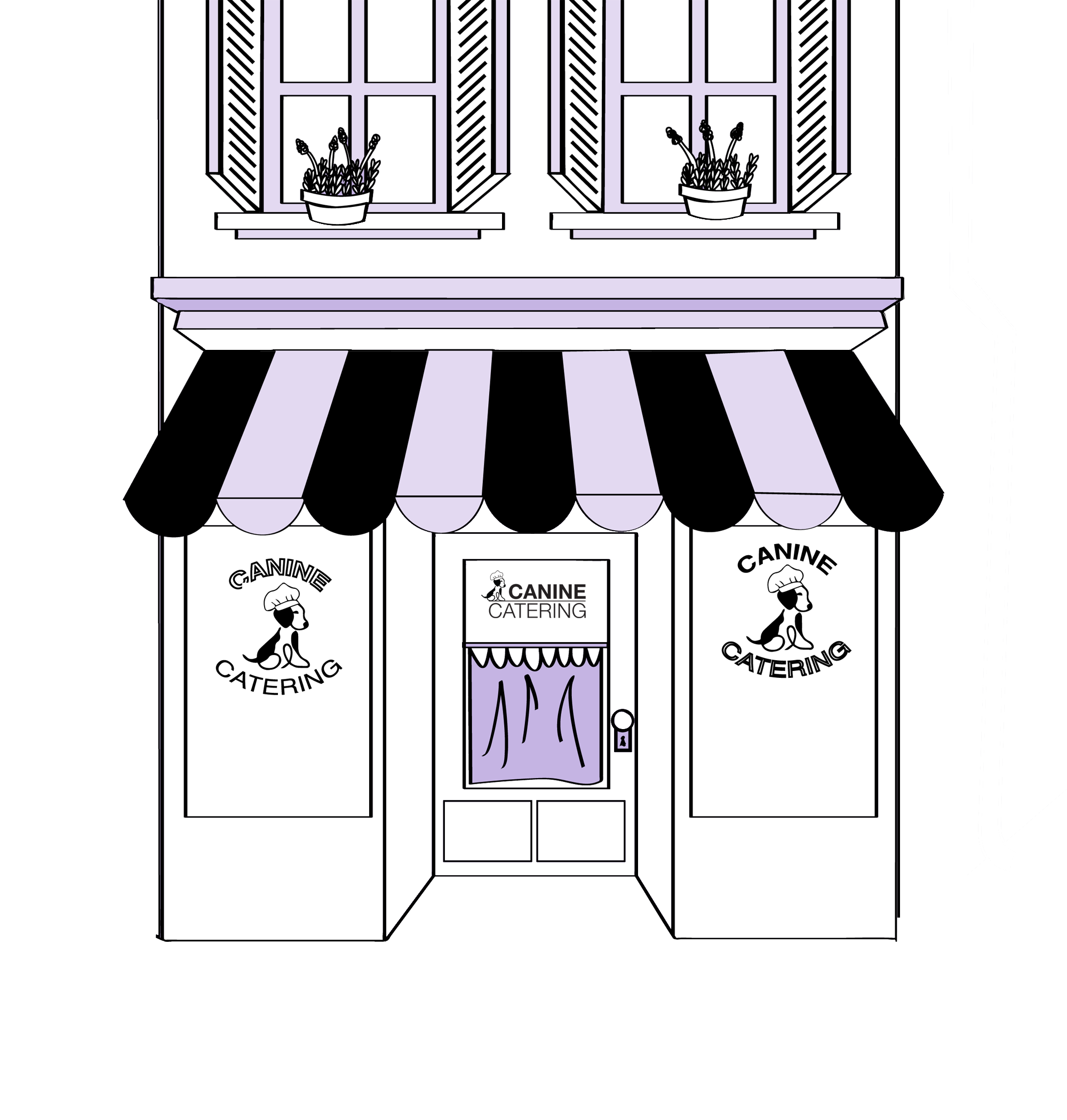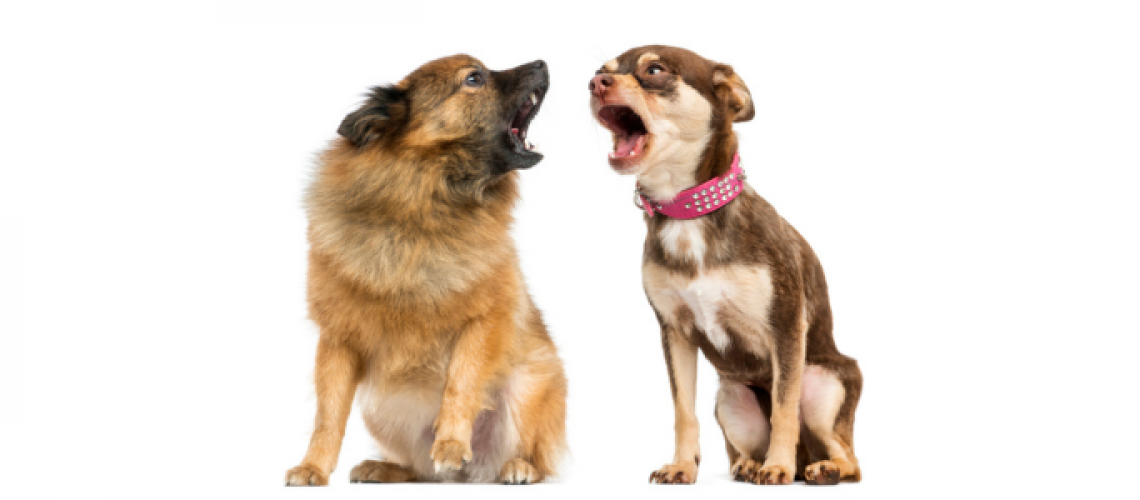If only they could talk! We’ve all said it many times. Dogs ‘speak’ a different language, and we can learn their cues, strengthen bonds and minimise misunderstandings. While there is a wealth of nuance and complexity to each individual dog that cannot be summarised in a blog post, we can give you a brief primer to recognising the basics of doggy body language.
Key Elements of Dog Body Language
1. Tail Position and Movement
- Wagging Tail: A wag does not always mean happiness or welcome. A loose, sweeping wag often indicates friendliness, while a stiff, high wag can signal alertness or agitation.
- Tucked Tail: Indicates fear, submission, or anxiety.
- Neutral Tail: Suggests relaxation and comfort.
2. Ears
- Forward Ears: Show curiosity or attentiveness.
- Flattened Ears: Suggest fear, submission, or discomfort.
- Relaxed Ears: Indicate calmness and confidence.
3. Eyes
- Soft Eyes: Relaxed eyelids and gentle gaze show trust and comfort.
- Hard Stare: A fixed, intense look can signal dominance or aggression.
- Whale Eye: When the whites of the eyes are visible, it often means the dog feels threatened or uneasy.
4. Mouth and Facial Expressions
- Relaxed Mouth: Slightly open with a soft expression indicates calmness.
- Lip Licking or Yawning: Common signs of stress or appeasement.
- Bared Teeth: Back off. The dog feels threatened or defensive, and is warning to keep away.
5. Body Posture
- Loose and Wiggly: A relaxed, wiggly body shows friendliness and playfulness.
- Stiff and Upright: Indicates alertness, tension, or potential aggression.
- Cowering or Lowered Body: Suggests fear or submission.
6. Overall Movement
- Play Bow: Front legs lowered, rear end up—an invitation to play.
- Freezing: A sign of discomfort or warning before a defensive reaction. For example, if a dog is approached by a new dog and isn’t sure of its intentions, he/she may stand stock still while the stranger sniffs and checks them out. When the stranger loses interest, the dog will move freely again.
- Leaning In: Indicates affection or seeking attention.
7. Hackles
Hackles are the raised line of fur along the shoulders and spine which can appear when a dog is alert. Noted behaviourist Patricia McConnell states that they’re “caused by a contraction of the muscles that sit at the base of each strand of hair. It’s an involuntary response of the sympathetic nervous system (which excites, while parasympathetic calms), and a good indicator that an animal is on alert and aroused.” It was commonly believed that hackles are always a sign of aggression, because they make the dog look larger and more intimidating. In fact, hackles can equally mean curiosity, excitement, or anxiety. Behaviourists consider them as the doggy equivalent of goosebumps!

Context Matters
Body language should always be interpreted in context. A wagging tail paired with a stiff posture may signal tension, while the same wag with a relaxed body shows friendliness. Environmental factors, past experiences, and individual temperament also influence behaviour.
Building Better Communication
Understanding canine body language requires us to observe behaviours and reactions, and empathise enough to help the dog meet their needs. It’s a mixture of:
1. supporting the dog in adapting to the environment (positive reinforcement) and
2. adapting the environment to the dog’s needs. For example, a small dog who is frightened of big dogs won’t cope well in a mixed-size doggy daycare.
Our awareness of their canine communication leads to a happier, relaxed, and more confident dog.
How’d it go? Share your stories and tips in the comments!




